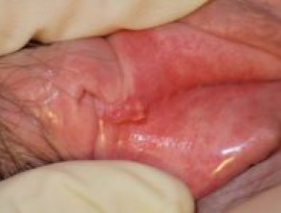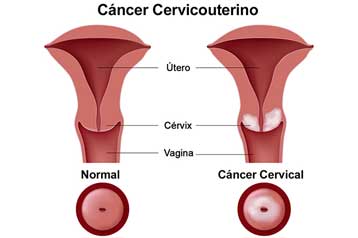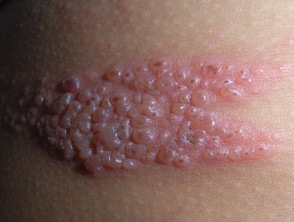Genital Warts Pictures in Women

A genital wart is a common superficial skin lesion caused by some strains of the Human Papillomavirus (HPV). Genital warts are also referred to as condyloma acuminata, anogenital warts, and venereal warts. While most individuals who contract the virus won't show any symptoms, some strains of HPV cause genital warts and a few might lead to cancer.
There are numerous types of HPV; in fact, there are over 100 strains affecting different body parts. Over 40 of these strains target the genital area, and only a handful affect cells within the cervix.
There's no cure for genital warts or HPV, meaning treatment options primarily focus on managing the physical appearance of the warts.
Genital warts spread through skin-to-skin contact, mainly via oral, vaginal, or anal intercourse. Infections do not occur through casual physical interactions such as hugging or kissing, nor through clothing or bath towels. In this article, you will find genital warts pictures to help you identify them.
Genital Warts Pictures in Women
Generally, these warts appear as flesh-colored or gray growths. They may be raised or flat and can be found both inside and surrounding the genitals. They can grow in clusters resembling cauliflower or as a single wart. Only occasionally do they cause symptoms like itching, pain, or bleeding.

.png)
.png)


.png)
Human Papillomavirus and Cervical Cancer
For a small percentage of women (5-10%), certain HPV strains can become persistent, leading to changes in their cervical cells. Persistent high-risk HPV infections are primarily responsible for cervical cancer. Smoking can weaken a woman's immune system, increasing the chances of developing irregularities. Other factors affecting a woman's immunity include active hepatitis B and C, HIV/AIDS, recent glandular fever, and immunosuppressive drugs.
Diagnosing Genital Warts in Women
A physician usually diagnoses genital warts based on the patient's history and a clinical visual examination. For women without visible genital warts, diagnosing HPV presence might involve a gynecological examination.
The Pap smear tests the cervix for abnormal cells, which can indicate HPV infection. If abnormal cells are found, further tests are conducted to detect HPV infection and the presence of cervical cancer.
Treatment of Genital Warts
While there's no cure for genital warts and the virus can't be eliminated from the system, warts may vanish on their own without treatment, often within a year. Treatment focuses on removing warts or preventing their spread.
The kind of treatment depends on the number, location, and appearance of the warts.
Treatment options include:
- Cryotherapy: Freezing the warts using liquid nitrogen or dry ice. Continuation is necessary until a doctor confirms the warts' removal.
- Podophyllin Solution: This plant extract penetrates the skin and must be carefully applied to the warts. There's a potential for local irritation. It shouldn't be used by pregnant women or applied on cervical warts or dermatitis-affected areas.
- Imiquimod: A 5% cream that stimulates the immune system to destroy HPV-infected cells. Research suggests it's more effective in women than in men.
- Laser Treatment, Diathermy, and Surgical Removal: Used for hard-to-reach, large, or treatment-resistant warts, or if other treatments cause significant side effects.
These treatments don't eliminate HPV, meaning warts might reappear. They can be administered in a hospital under general anesthesia.
HPV Vaccine
The World Health Organization (WHO) recommends vaccination against HPV strains that cause cervical cancer. They advocate for vaccinating girls aged 9 to 14 and cervical screening for women 30 years and older. Some countries also vaccinate boys.
Source:
.
Author: Dr. Carlos Muñoz Retana
Updated: September 25th, 2023






